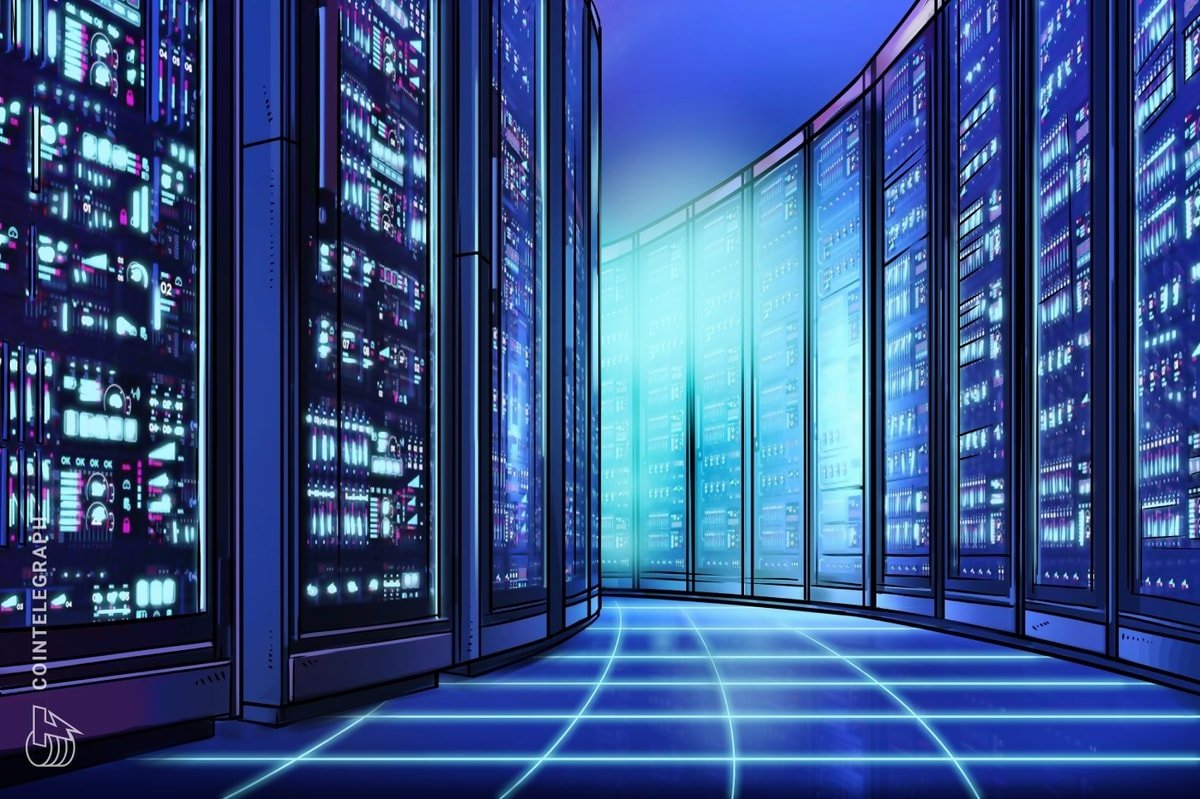Draft legislation in the US Senate threatens to hit data centers serving blockchain networks and artificial intelligence models with fees if they exceed federal emission targets, according to a Bloomberg report on April 11.
Led by the Senates Democrats Sheldon Whitehouse and John Fetterman, the draft Bill aims to tackle environmental impacts from rising energy needs and protect households from higher energy bills, Bloomberg said.
Baptized Clean Cloud Act, the legislation requires the Environmental Protection Agency (EPA) to set an emission performance standard for data centers and crypto mining facilities with over 100 kW installed IT -name tag power.
The standard would be based on regional grid emissions with a target of 11% annual reduction. The legislation also includes sanctions for emissions exceeding the set standard, which starts at $ 20 per year. Ton of CO2E, with the penalty increasing annually by inflation plus another $ 10.
“Demand for rising power from cryptomins and data centers is surpassing the growth of carbon -free electricity,” notes a minority blog post in the US Senate Committee for Environment and Public Work Website, adding that data centers’ electricity use is expected to take into account up to 12% of US overall power needs by 2028.
According to research from Morgan Stanley, the rapid growth of data centers is expected to generate approx. 2.5 billion tonnes of CO2 emissions globally by the end of the decade.
For Matthew Sigel, Vaneck’s head of research, the proposed legislation effectively seeks to appoint Bitcoin (BTC) miners and similar operations for energy consumption in a “losing ‘blaming the server compensation strategy,” he said in an 11th April X -Post.
In addition, the law could collide with US policy under President Donald Trump, who abolished an executive order of 2023 by former President Joe Biden, who determined AI security standards. Trump has previously declared his intention to make the United States the “world capital” for AI and Cryptocurrency.
New US draft bill would punish AI, cryptodata centers for power consumption. Source: Matthew Sigel
Related: Merchants to accelerate institutional crypto recording – Execs
Bitcoin and AI converge
The draft legislation that has not yet been passed in the Senate comes as Bitcoin-Mine Workers-Inclusive Galaxy, Corescientific and Terawulf-in increasingly are about supplying high-performance computing (HPC) power to AI models, Vaneck said.
Bitcoin my workers have been fighting in 2025 as the falling cryptocurrency prices weigh business models already affected by the Bitcoin network’s recent halving.
Miners are “diversified into AI-Datacentre hosting as a way to expand revenue and reuse existing infrastructure for computing with high performance,” Coin Metrics said.

Comparison of miners’ AI-related contracts. Source: Vaneck
According to Coin Measurements, miners ‘incomes began stabilizing in the first quarter of 2025. However, the recovery could be passed away if the ongoing trade war interferes with miners’ business models, several cryptocurrency leaders told Cointeleelgraph.
“Aggressive tariffs and retaliatory program policies could create obstacles for node operators, validators and other blockchain networks,” said Nicholas Roberts-Huntley, CEO of Concrete & Glow Finance.
“In moments of global uncertainty, the infrastructure that supports crypto, not only the assets themselves, can become security damage.”
Magazine: Financial nihilism in crypto is over – it’s time to dream big again
